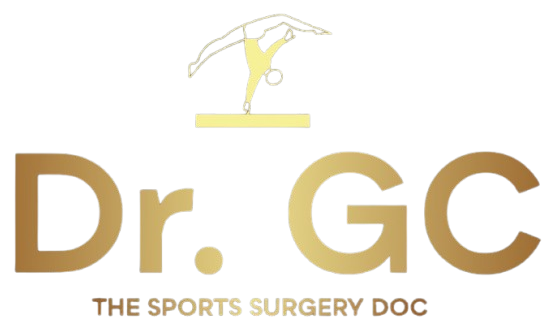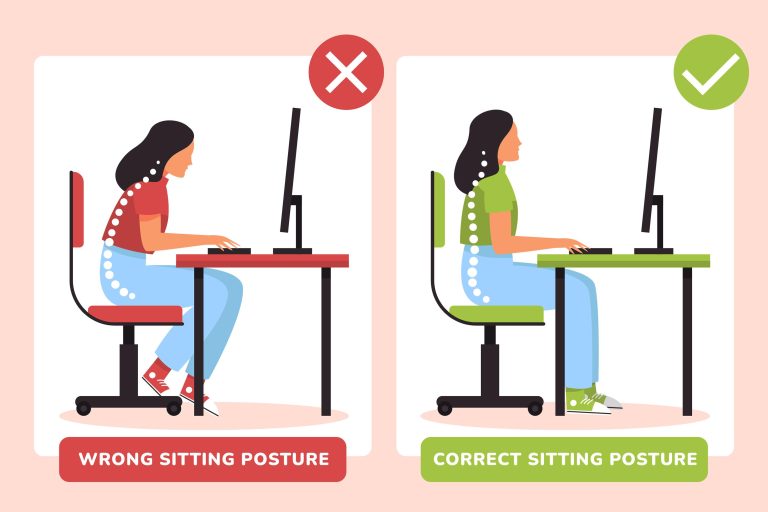Understanding ACL Injuries and Reconstruction Surgery
The anterior cruciate ligament (ACL) is a crucial stabilizer in the knee, particularly during cutting, pivoting, and jumping movements. ACL injuries are most common among athletes, especially in sports like football, basketball, and skiing. These injuries often occur without direct contact, with the individual experiencing a pop, followed by swelling and instability.
Diagnosis is made through clinical examination and confirmed with MRI imaging. Depending on the patient’s activity level and degree of instability, treatment may be conservative or surgical. Non-surgical management includes bracing and physiotherapy, especially for less active individuals or partial tears.
Reconstruction surgery involves replacing the torn ligament with a graft, usually from the patient’s hamstring or patellar tendon. Post-operative rehabilitation is critical and involves several months of progressive strengthening, range-of-motion exercises, and neuromuscular training.
Return to sports typically occurs after 6 to 9 months of rehab, depending on the sport and patient progress. With proper surgery and structured rehab, most individuals regain full function and return to high levels of activity.







